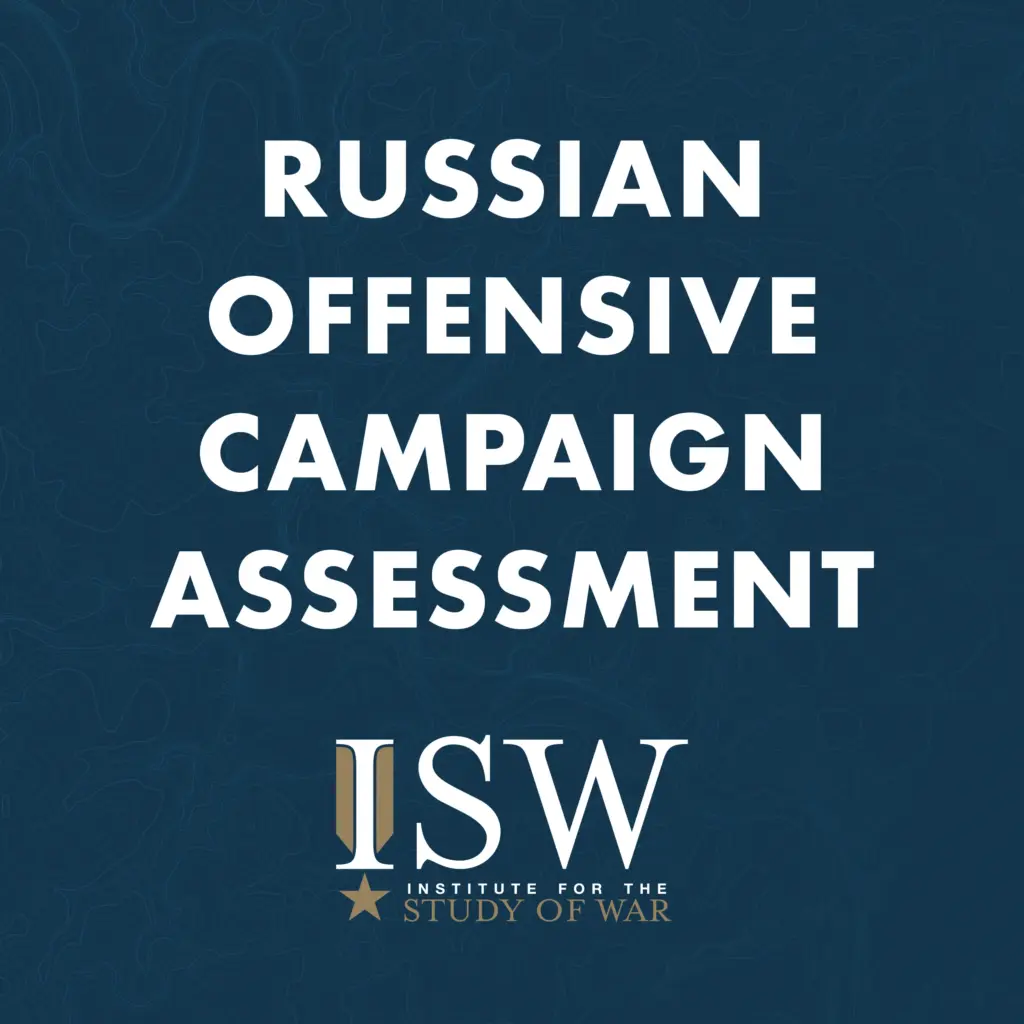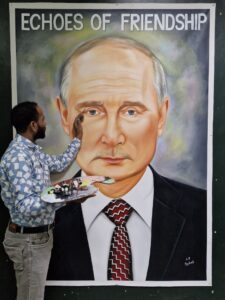
The situation in the Pokrovsk-Myrnohrad area remains tense as Ukrainian forces strive to maintain control over strategic positions while Russian forces continue their advance. Recent reports indicate that Ukrainian forces have cleared Rodynske, north of Pokrovsk, in an effort to hold the northern shoulder of the pocket. Meanwhile, counterattacks are ongoing within Pokrovsk and its western outskirts to counter Russian advances on the southern shoulder.
Russian advances in northern and western Pokrovsk have slowed, likely due to persistent Ukrainian counterattacks. However, Russian forces continue to make progress in eastern and southern Pokrovsk, suggesting a potential strategy to create a sub-pocket aimed at encircling Ukrainian forces and forcing a withdrawal from the broader area. The timeline for these efforts remains uncertain.
Ukrainian and Russian Advances
Both Ukrainian and Russian forces have made recent advances in the Pokrovsk direction. Ukrainian military observer Kostyantyn Mashovets reported that Ukrainian forces cleared Rodynske, although geolocated footage suggests that both sides have advanced in southern Rodynske, partially contradicting Mashovets’ report. Additional footage indicates Ukrainian advances in Zatyshok, northeast of Pokrovsk.
Geolocated footage also shows Russian servicemembers raising flags along the T-0515 Pokrovsk-Dobropillya highway in southern Hnativka, indicating an infiltration mission that did not alter the control of terrain. Ukrainian military sources reported increased Russian assaults in the Pokrovsk direction, resulting in heavy Russian casualties.
By the Numbers: Ukrainian President Volodymyr Zelensky reported 170,000 Russian servicemembers committed to offensive operations in Pokrovsk, with 25,000 Russian casualties in October 2025 alone.
The Kremlin’s Stance and Military Strategy
The Kremlin continues to assert its maximalist demands, showing no willingness to negotiate for anything less than full Ukrainian capitulation. Kremlin Spokesperson Dmitry Peskov reiterated that Russia will only end the war upon achieving its initial goals, which include the removal of the current Ukrainian government and preventing Ukraine from joining NATO.
As part of its strategy, the Kremlin has initiated involuntary partial reserve call-ups to bolster its active reserve, likely for deployment in Ukraine. Russian state media reported that at least 19 federal subjects are training reservists for deployment to protect critical infrastructure. This move follows a law signed by President Vladimir Putin allowing the training of reservists for infrastructure defense.
Expert Opinion: ISW assesses that the Kremlin is using infrastructure protection as a pretext to prepare reservists for deployment, including to Ukraine.
Economic and International Developments
In a recent meeting with President Putin, Sberbank CEO Herman Gref acknowledged Russia’s economic struggles, citing modest growth due to challenging macroeconomic conditions. This admission contrasts with the Kremlin’s efforts to portray the Russian economy as stable and robust.
Meanwhile, Belgian authorities reported aerial incursions in their airspace, with drones spotted over Liège Airport and the Doel Nuclear Power Plant. Although the actors behind these overflights remain unidentified, Belgian Defense Minister Theo Francken suggested potential Russian involvement as part of efforts to intimidate Europe and deter support for Ukraine.
The incursions align with Russia’s “Phase Zero” campaign, aimed at destabilizing Europe and undermining NATO cohesion.
Ukrainian Operations and Russian Military Efforts
Ukrainian forces conducted strikes against Krasnodar Krai and Rostov Oblast, targeting military logistics and infrastructure. Geolocated footage shows a naval drone strike near Tuapse, suggesting the use of diverse weaponry in these operations.
On the Russian side, forces continued offensive operations in northern Sumy Oblast and other regions but did not make significant advances. Reports indicate ongoing attacks in the Velykyi Burluk and Kupyansk directions, with Russian forces employing small group infiltration tactics and drones to disrupt Ukrainian logistics.
Historical Context: The current conflict echoes past military strategies where control over key logistical routes and infrastructure played pivotal roles in broader military campaigns.
As the situation unfolds, both sides continue to engage in strategic maneuvers, with the outcome of the Pokrovsk-Myrnohrad conflict remaining uncertain. The international community watches closely as these developments could have far-reaching implications for regional stability and global geopolitical dynamics.






